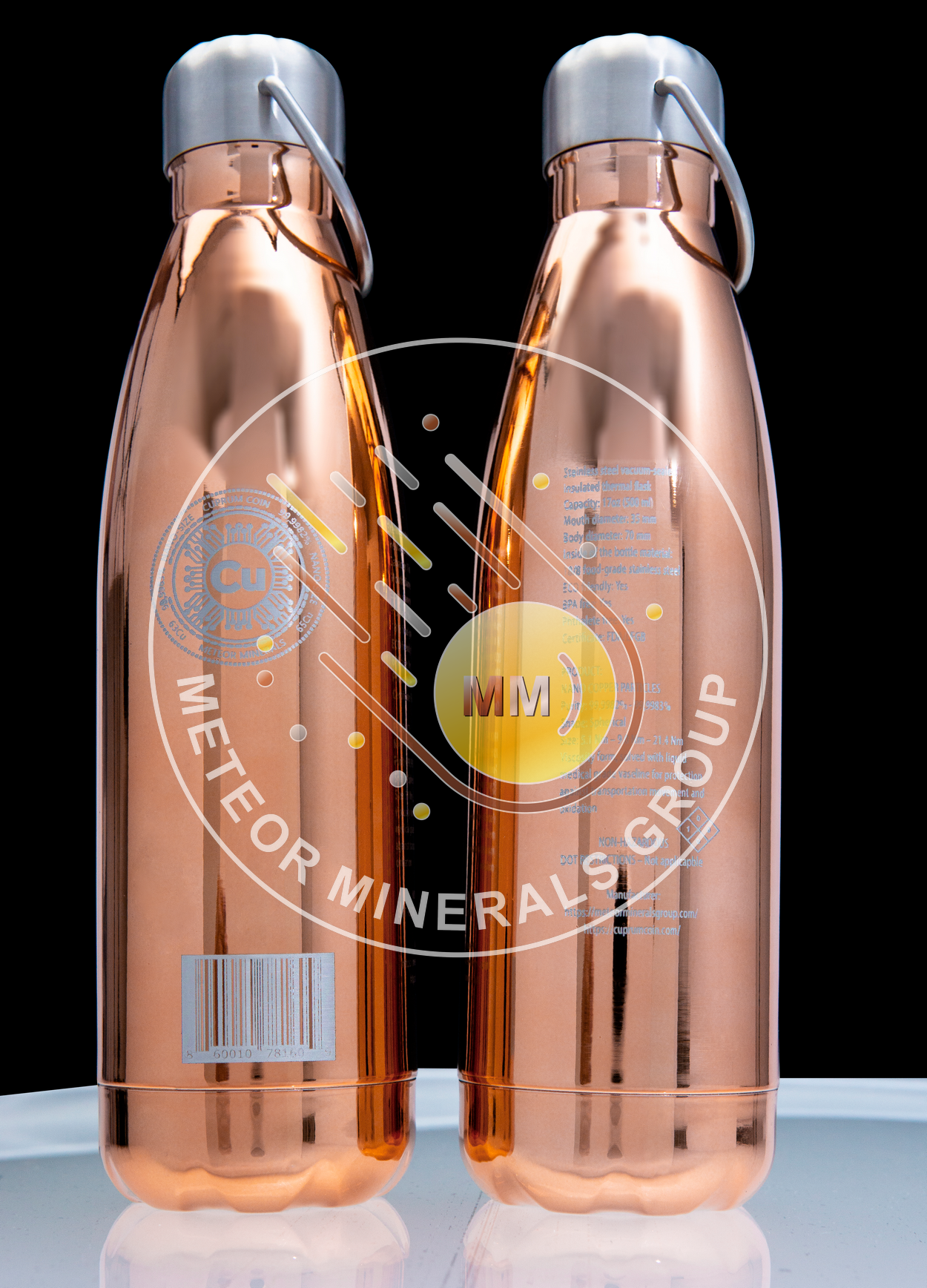Ultrahigh purity Nano CuPowder?
Ultrahigh purity nano copper powder production involves the creation of copper particles at the nanometer scale, typically ranging from 1 to 100 nanometers in size, with purity of 99,99++%.
For comparison, the diameter of a human hair strand is between 50,000 and 100,000 nanometers, while the thickness of an ordinary A4 paper is about 75,000 nanometers.
These nanoparticles exhibit unique physical, chemical, and mechanical properties due to their high surface area-to-volume ratio and quantum effects. The production methods can be broadly categorized into physical, chemical, and biological processes.
Production – Physical Methods
Mechanical Milling:
- Involves crushing and grinding bulk copper into nanoparticles using high-energy ball mills.
- Benefits: Simple and scalable.
- Drawbacks: Potential contamination and non-uniform particle sizes.
Inert Gas Condensation:
- Copper is evaporated in a vacuum chamber and then rapidly cooled in an inert gas atmosphere, leading to nanoparticle formation.
- Benefits: High purity and control over particle size.
- Drawbacks: High energy consumption and equipment costs.
Laser Ablation:
- A high-energy laser beam is focused on a copper target in a liquid or gas medium, causing material to eject and form nanoparticles.
- Benefits: High purity and precise control over size and shape.
- Drawbacks: Expensive equipment and low yield.
Production – Physical Methods
Chemical Reduction:
- Copper salts (e.g., copper sulfate) are reduced using reducing agents like hydrazine, sodium borohydride, or ascorbic acid in a solution to form nanoparticles.
- Benefits: Relatively simple and cost-effective.
- Drawbacks: Potential for residual reducing agent contamination.
Electrochemical Deposition:
- Copper ions are reduced at the cathode in an electrochemical cell, forming nanoparticles.
- Benefits: Good control over particle size and morphology.
- Drawbacks: Requires precise control of electrochemical parameters.
Sol-Gel Process:
- Copper alkoxides are hydrolyzed and condensed to form a gel, which is then dried and calcined to produce nanoparticles.
- Benefits: Can produce highly uniform nanoparticles.
- Drawbacks: Complex process with potential for residual organic contamination.
Production – Biological Methods
Biosynthesis:
- Utilizes microorganisms (e.g., bacteria, fungi) or plant extracts to reduce copper salts to nanoparticles.
- Benefits: Environmentally friendly and sustainable.
- Drawbacks: Limited scalability and potential variability in particle size.
Meteor Minerals production of ultrahigh purity nano copper powder

Nano CuPowder production 1

Nano CuPowder production 2

Nano CuPowder production 3

Nano CuPowder production 4

Nano CuPowder production 6

Nano CuPowder production 6

Applications
- Electronics: Conductive inks, printed circuits, and microelectronic components.
- Catalysis: Catalysts for chemical reactions due to high surface area.
- Medical: Antibacterial agents, drug delivery systems, and medical imaging.
- Energy: Conductive materials for batteries and fuel cells.
- Metallurgy: Strengthening additives for various alloys.
In summary, ultra high nano copper powder production encompasses a variety of methods, each with distinct advantages and challenges. The choice of production method depends on the intended application, cost considerations, and the required purity and particle size control.
Challenges
- Scalability: Moving from lab-scale production to industrial-scale is complex and costly.
- Stability: Nanoparticles tend to agglomerate, losing their unique properties.
- Purity: Ensuring the nanoparticles are free from contaminants is crucial for high-performance applications.
- Regulatory and Safety Concerns: Potential health risks associated with nanoparticle exposure necessitate stringent handling and disposal protocols.
